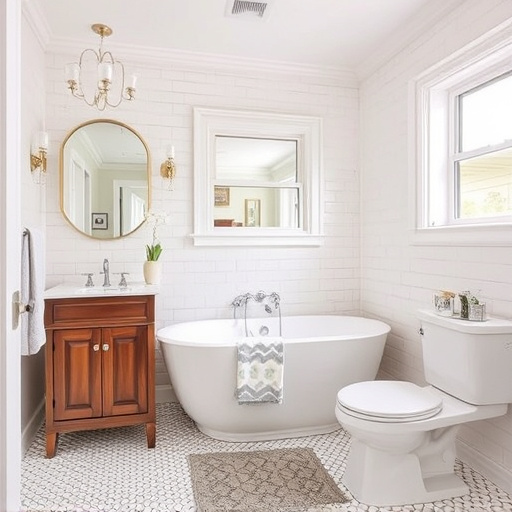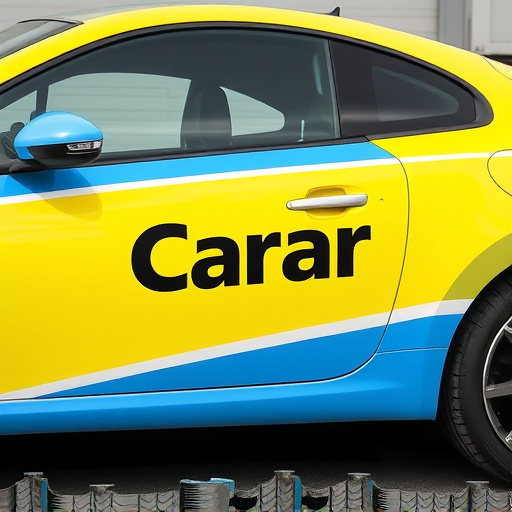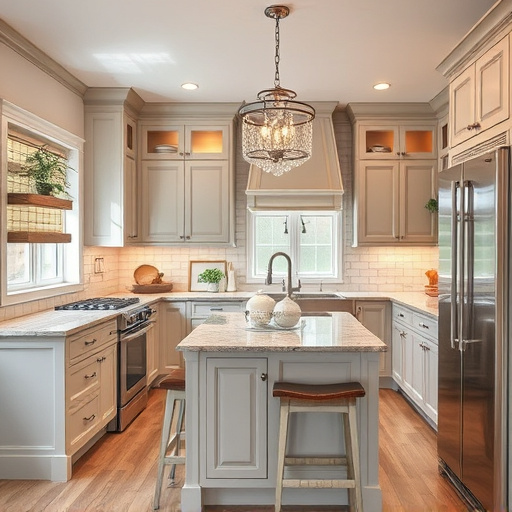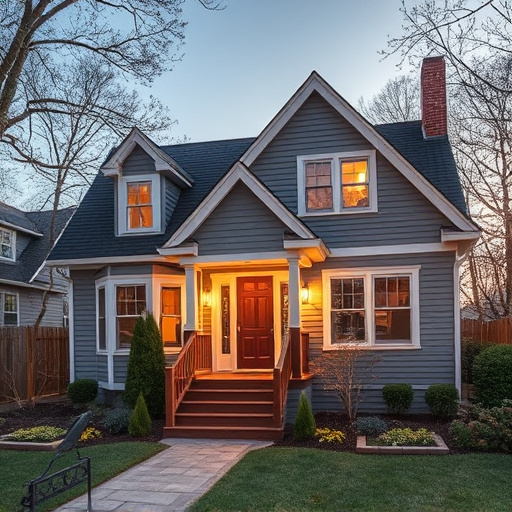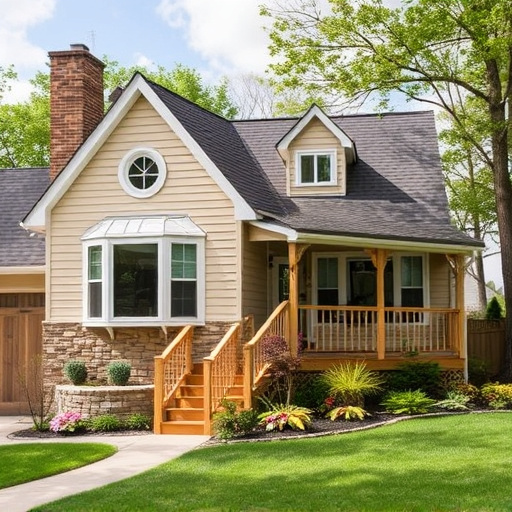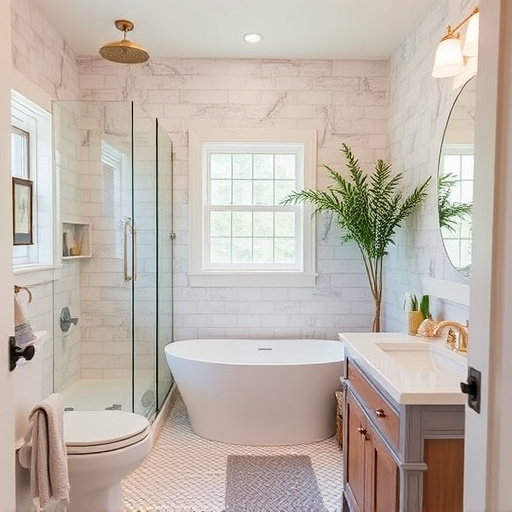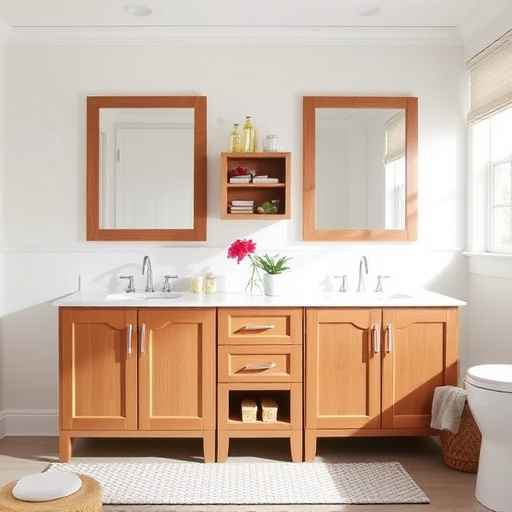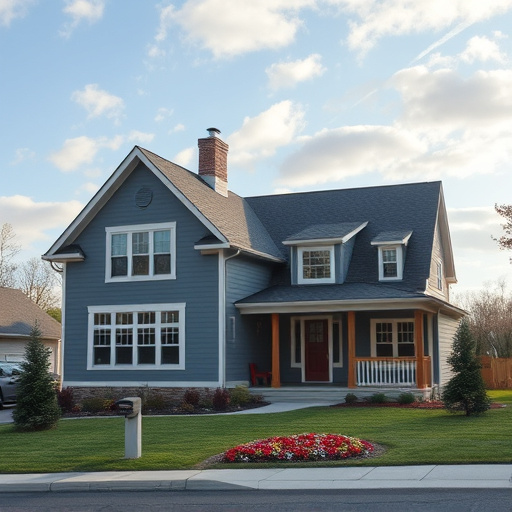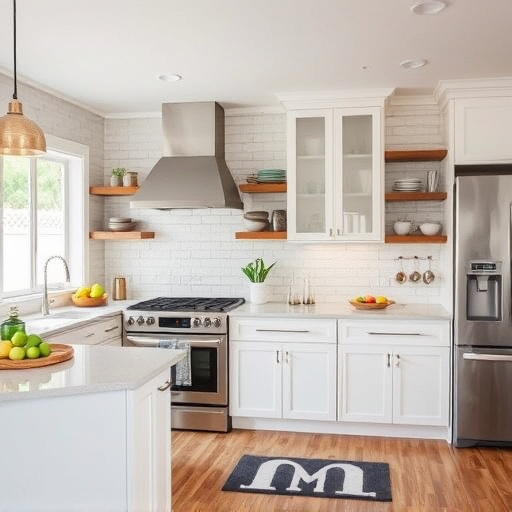Interior designers transform open layouts into functional, inviting spaces by strategically placing furniture and decor to define distinct zones for various activities while maintaining harmonious flow. Visual cues like rugs and curtains help delineate areas without blocking movement, while balanced natural light and accent pieces enhance depth and dimension. Each element contributes to a cohesive design that seamlessly blends form and function, creating a stylish and practical interior space.
In today’s modern homes, open layouts are all the rage. But this trend presents unique challenges in creating intimate, functional spaces. This article explores the art of defining zones within these expansive areas using interior design elements like furniture placement, color, and texture. We delve into strategies that transform open plans into cohesive, inviting environments where form meets function, ensuring your home is both stylish and comfortable.
- Understanding Open Layouts and Their Challenges
- The Art of Defining Zones With Interior Design
- Strategies for Creating Functional and Stylish Spaces
Understanding Open Layouts and Their Challenges
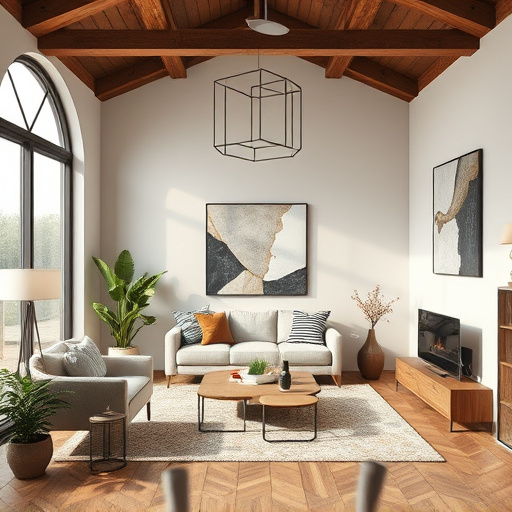
Open layouts have become increasingly popular in modern interior design, offering a sense of spaciousness and fluidity that connects various living spaces within a home. This design approach often seamlessly blends dining, cooking, and gathering areas, creating an inviting and interconnected environment for residents and guests alike. However, while open layouts provide ample opportunities for creativity and social interaction, they also present unique challenges when it comes to defining distinct zones.
Interior designers play a pivotal role in addressing these challenges by employing strategic furniture placement, thoughtful color schemes, and the intentional use of materials and accessories. For instance, in a kitchen and bath renovation or multiple room remodel, creating designated areas for different activities becomes crucial. A cozy reading nook, a dedicated workspace, or a quiet conversation corner can be established within an open layout, ensuring that each area serves its intended purpose while maintaining a harmonious overall design.
The Art of Defining Zones With Interior Design
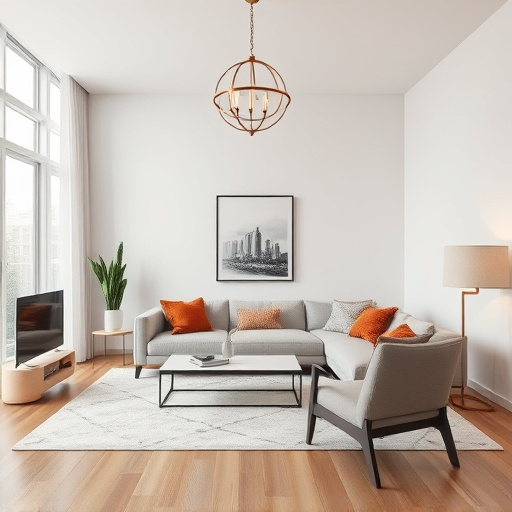
Defining zones within an open layout is an art that interior design masters expertly. By strategically placing furniture and decor, it’s possible to create distinct areas for various activities while maintaining a harmonious flow. This technique is especially beneficial in modern homes where open-concept living is popular. For instance, a kitchen remodel can transform the heart of your home into a social hub, complete with a dedicated dining area and cozy seating nook.
Interior design elements like rugs, curtains, bookcases, or even architectural features can work wonders in zone definition. These tools allow for visual and physical separation, ensuring each zone serves its intended purpose. Whether it’s a home renovation project or a simple transformation of your living spaces, understanding how to define zones is key to creating a functional and aesthetically pleasing interior environment.
Strategies for Creating Functional and Stylish Spaces
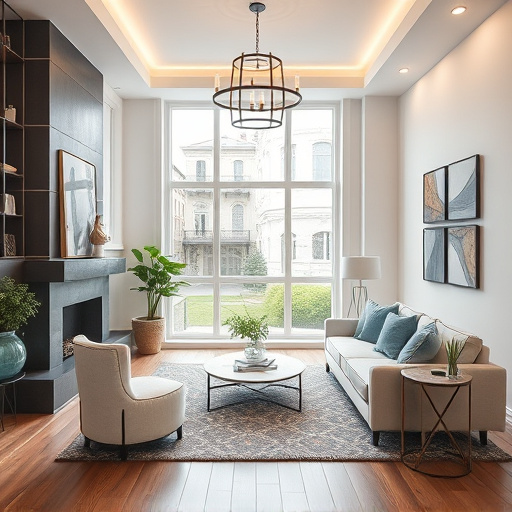
Creating functional and stylish spaces within open layouts requires a thoughtful approach to interior design. The key lies in strategic placement of furniture and decor to define zones that cater to different activities. For example, designate areas for relaxation with plush seating and side tables, while keeping work or dining zones clear and organized. Incorporating visual cues like area rugs, curtains, or even low bookshelves can help delineate spaces without closing them off completely.
Interior design also plays a crucial role in enhancing the overall aesthetic appeal of open layouts. Balancing natural light with strategic use of lamps and lighting fixtures creates depth and dimension. Complementing these elements with tasteful artwork, houseplants, or accent pieces not only adds personality but also contributes to a harmonious blend of form and function. Whether through home additions, renovations, or even a fresh exterior painting job, each element should work in tandem to create a cohesive space that feels both inviting and efficient.
Open layouts offer a modern aesthetic, but defining distinct zones can pose a challenge. Through strategic interior design, these spaces can be transformed into functional areas that enhance both productivity and relaxation. By employing creative techniques like furniture placement, color, texture, and lighting, interior designers can craft visually appealing and well-organized open-plan environments, catering to diverse lifestyle needs.



